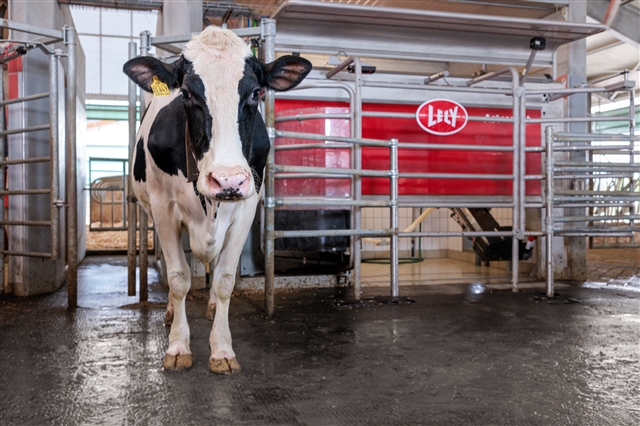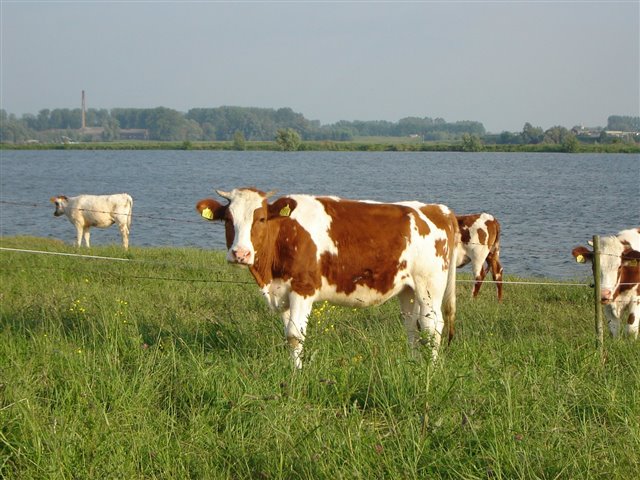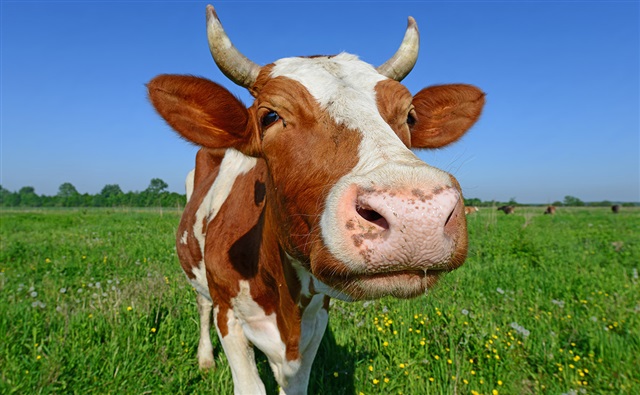By Ariëtte van Knegsel, Eline Burgers, Roselinde Goselink & Bas Kemp
Wageningen University & Wageningen Livestock Research, the Netherlands
Rethinking the Traditional Calving Interval
For decades, a one-year calving interval has been the gold standard in dairy farming. The logic is straightforward: calve once a year, maximize milk yield per lactation, and keep the cycle going. But science and practice are beginning to challenge this view.
A growing number of dairy farmers are asking: what if we deliberately extend lactation length? Could this lead to healthier cows, fewer labor-intensive calvings, and a system that better fits today’s farming realities?
This idea — known as extended lactations — is now being explored in both research and practice. Wageningen University and Wageningen Livestock Research have been investigating the consequences for milk yield, cow health, fertility, calf performance, and farm economics.
Why Farmers Are Considering Extended Lactations
From interviews with Dutch “pioneer farmers” (Van Dooren, 2019; Burgers et al., 2021), several motivations stood out:
-
Fewer calvings → fewer critical transition moments, lower risk of complications, and less labor.
-
Fewer calves born → reduced workload for calving and calf care, and less connection with the low-value veal market.
-
Improved fertility → inseminating later gives cows more time to recover after calving, often leading to higher conception success.
-
Better work-life balance → fewer stressful moments spread across the year.
However, adoption remains limited. Farmers express concerns about milk yield losses, cows getting too fat in late lactation, and the perception that a short calving interval is the hallmark of good management.
What the Research Shows
Milk Yield and Persistency
-
Primiparous cows (first lactation): Extending the voluntary waiting period (VWP) did not reduce daily milk yield per calving interval.
-
Multiparous cows: Longer VWPs reduced milk yield per day of calving interval, though higher lactation persistency was observed.
In short: younger cows are well suited for extended lactations, while older cows require more careful selection.
Body Condition and Health
-
Multiparous cows gained more body condition in extended lactations, which raises the risk of over-conditioning before dry-off.
-
Lower milk production at dry-off (thanks to longer VWPs) may reduce udder pressure, stress, and tissue damage, potentially improving udder health.

Fertility
Extending VWP gives cows more time to recover post-calving, improving energy balance and reproductive performance.
-
Conception rates after the first insemination improved (up to 63% in some groups).
-
Days open after the VWP were reduced compared to shorter VWPs.
Calves
So far, calf growth and development seem largely unaffected. Interestingly, calves born from dams with shorter calving intervals showed slightly higher antibody levels, but growth rates and body weight up to first calving were similar across groups.
Economics
-
Revenues per cow per year decreased slightly with extended VWPs (fewer calves, less milk).
-
Costs also decreased (fewer disease treatments, inseminations, and feed).
-
Net partial cash flow differences were modest — and highly dependent on individual cow performance.
In other words, the economics of extended lactations are not straightforward. Some cows thrive in this system, while others perform better under traditional calving intervals.
Customizing Lactation Length: A Cow-by-Cow Approach
The key insight from this research is that one size does not fit all. Extended lactations are not about setting the same interval for the entire herd, but about customizing based on cow characteristics.
Predictive factors include:
-
Milk yield and persistency early in lactation
-
Body condition score (BCS)
-
Parity (first-lactation cows are strong candidates)
-
Breeding values for persistency and fertility
Farmers in practice often base decisions on a combination of days in milk, milk yield thresholds, and body condition, delaying insemination only for those cows most likely to benefit.

Implications for the Future
Extended lactations offer several potential advantages:
Fewer transition periods, improving cow health and welfare
Better fertility outcomes
Lower workload and greater labor efficiency
But there are trade-offs to consider:
️ Risk of milk yield losses in multiparous cows
️ Managing body condition in late lactation
️ Perception challenges within the industry
Decision-support models, such as those being developed in the OptiLac project, may help farmers predict which cows are best suited for extended lactations. This tailored approach could transform lactation length from a fixed calendar rule into a flexible, cow-specific management tool.

Conclusion
Extended lactations are not a silver bullet — but they represent an exciting opportunity to rethink traditional dairy systems. With careful cow selection and management, farmers can reduce stress points in both herd and human life, improve fertility, and potentially increase job satisfaction.
As Wageningen researchers put it: the future lies in customizing lactation length to the cow, not the calendar. Would you consider experimenting with extended lactations in your herd? What factors would convince you to try — or stop you from making the switch?
Credits: This article is based on the work of Ariëtte van Knegsel, Eline Burgers, Roselinde Goselink, and Bas Kemp, Wageningen University and Wageningen Livestock Research. Content adapted with respect to the original presentation and publications. PowerPoint-presentatie
